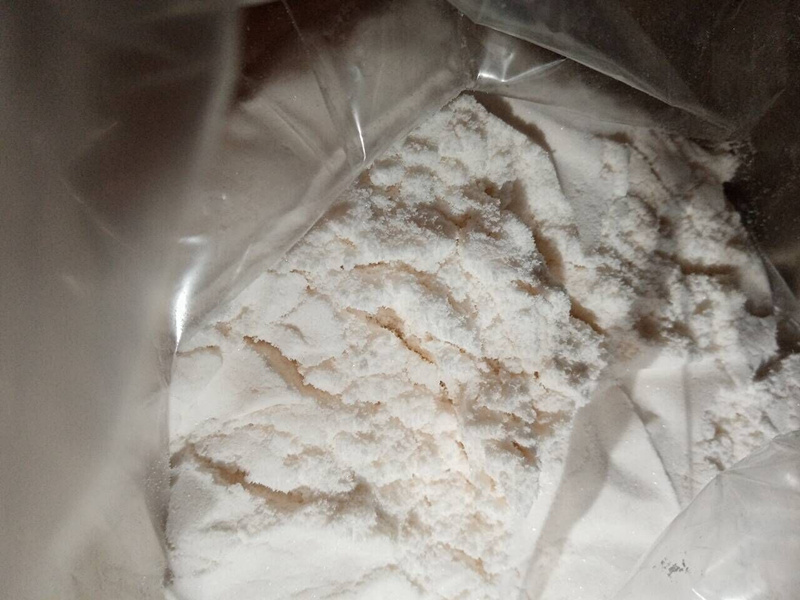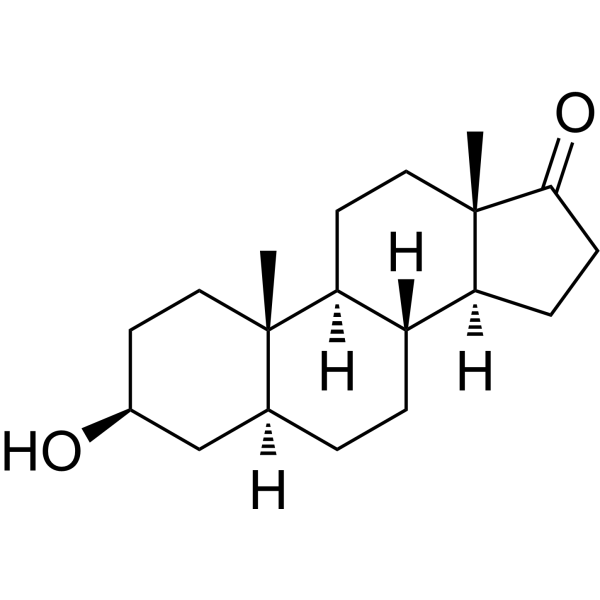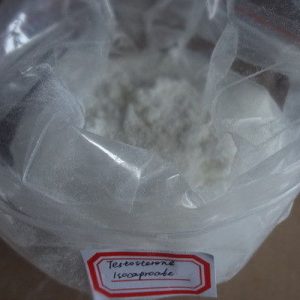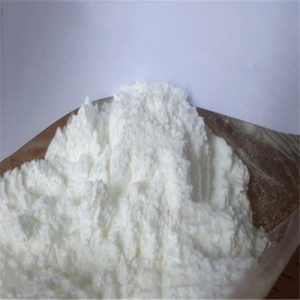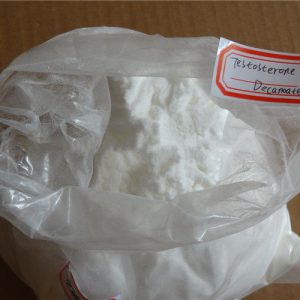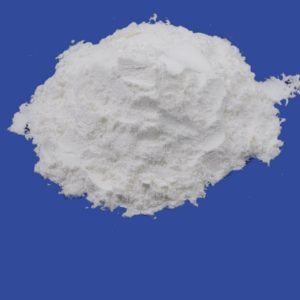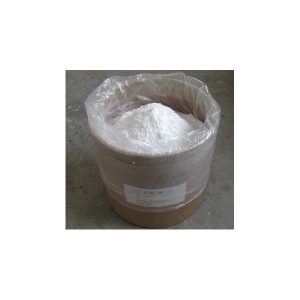Dehydroepiandrosterone (DHEA), also known as androstenolone, is an endogenous steroid hormone precursor. It is one of the most abundant circulating steroids in humans. DHEA is produced in the adrenal glands,the gonads, and the brain. It functions as a metabolic intermediate in the biosynthesis of the androgen and estrogen sex steroids both in the gonads and in various other tissues.
Dehydroepiandrosterone high has a thyroid stimulating effect inhibiting food and fat intake and reducing fat accumulation, etc. It improves glucose tolerance, increases insulin level and fights diabetesa can enhance endocrine system actiity, reduce cortisol levels, and resist a variety of pathological processes. It can help the body obtain cortical antibodies. DHEA has a strong protective and synergistic effect when used to treat tumors, becuase it inhibits ribose 5-phosphate. Inhibits cancer by inhibiting excessive mitochondria (NADPH) and ribose 5-phosphate esters.
Dehydroepiandrosterone bodybuilding
DHEA is defined as a supplement (no harm done), a little something that allows you to experience the thrill of training and muscle building for very little money.
DHEA acts as a hormone precursor to both androgens and estrogens, which is why it’s unisex. For men, androgens are sensitive, so taking DHEA converts most of it into androgens, or testosterone, while for women it converts most of it into estrogens.
Dehydroepiandrosterone dosage
However, this stuff isn’t sugar snap peas and shouldn’t be taken lightly, unless you’re going through the worst of the PCT, don’t exceed a dose of 100mg per day, and you can bump up to a 150mg dose during the PCT.
The duration of use in the natural state is usually one month on and one month off, and don’t use it for more than 3 months in a row during PCT, or your body will desensitize, which means it will lose its sensitivity to DHEA.
Another thing is that while supplementing with DHEA, since the testes will accelerate the production of testosterone, it is best to combine it with eating more zinc-containing foods, or direct zinc supplementation is OK!
Dehydroepiandrosterone Side effects
Side effects may include acne, skin rash, GI upset, hirsuitism, hypertension, and increased HDL. Safety Dehydroepiandrosterone should always be used under the supervision of a medical professional. Side effects are often seen with higher doses and longterm use. For men, the side effects are mainly on the estrogenic side, and high doses of DHEA can also be estrogenic due to too much testosterone.
Dehydroepiandrosterone powder Chemical Properties
Melting point 149-151 °C(lit.)
alpha 12 º (c=2, ethanol 96% 25 ºC)
Boiling point 370.65°C (rough estimate)
density 1.0484 (rough estimate)
refractive index 1.4709 (estimate)
Fp 9℃
storage temp. Hormones
solubility insoluble in H2O; ≥13.7 mg/mL in DMSO; ≥58.6 mg/mL in ETOH
pka 15.02±0.60(Predicted)
form Fine Crystalline Powder
color White
Water Solubility 21.8mg/L(23.5 ºC)
Merck 2871
BRN 2058110
InChIKey FMGSKLZLMKYGDP-USOAJAOKSA-N
LogP 3.230
CAS DataBase Reference 53-43-0
NIST Chemistry Reference 5-Androstene-3«beta»-ol-17-one(53-43-0)
EPA Substance Registry System Prasterone (53-43-0)
